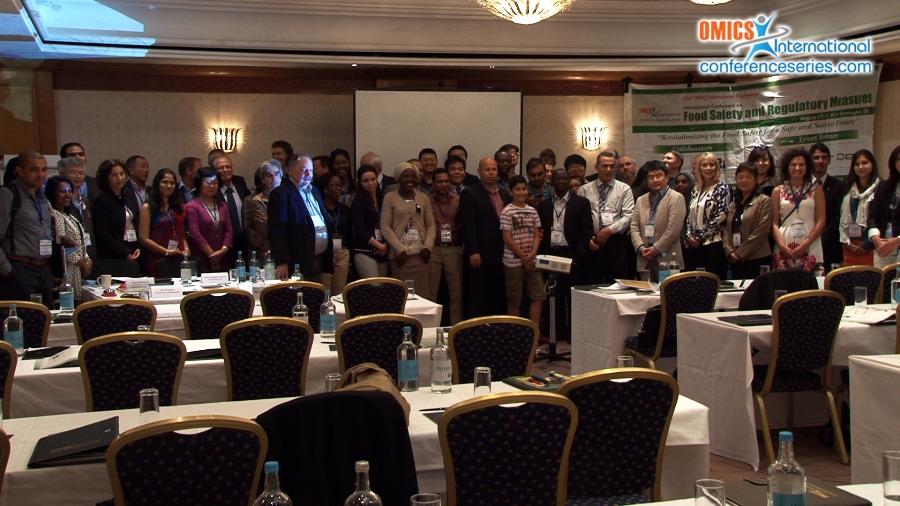
Boli Guo
Institute of Agro-Products Processing Science and Technology
China
Title: Effects of wheat origin, genotype, harvest year and their interactions on stable isotope, multi-element and near-infrared fingerprints in wheat
Biography
Biography: Boli Guo
Abstract
Agricultural products reflect characteristics of their environment and physiology through organic or non-organic compounds in the organisms. The geographical information in each region not only includes the geologic feature, soil type, latitude and altitude, but also the meteorological factor, such as temperature, precipitation and air humidity, the latter can be uncertain factor along with inter-annual change. Other than geographical origin and cultured year, genotype and the interaction of genotype and environment might also influence the geographical traceability fingerprints in foodstuff, all the factors above might bring the complexity and uncertain factor to figure out the effective fingerprints. A three consecutive experiment with ten genotypes of wheat were grown in three different regions (Zhaoxian of Hebei province, Huixian of Henan province, and Yangling of Shaanxi province) of China during the 2010−2012 growing seasons, totally 270 wheat kernel samples were collected in harvest time. The stable isotopes (δ13C, δ15N and δD), multi-elemental compositions (Mg, Al, Ca, Mn, Fe, Cu, Zn, As, Sr, Mo, Cd, Ba, Pb) and near-infrared spectra (950nm - 1650nm) were analyzed in order to investigate the effects and contributions of wheat origin, genotype, harvest year and their interactions on fingerprints in wheat kernels. Combined with analysis of variances, all the fingerprints were significantly influenced by wheat origin, genotype, harvest year and their interactions, but δ13C, δ15N, δD, Mn, Sr, Mo, Cd, and wavelength ranges of 975–990 nm, 1005 nm, 1200 nm, 1300–1340 nm, 1355–1380 nm were found to be closely related to wheat origin, a robust discrimination model was established subsequently using the screened indicators. This could provide powerful theoretical basis for geographical traceability of wheat and other foodstuffs of botanical origin, even mixed with different genotypes and different years.
Speaker Presentations
Speaker PDFs
Speaker PPTs Click Here






